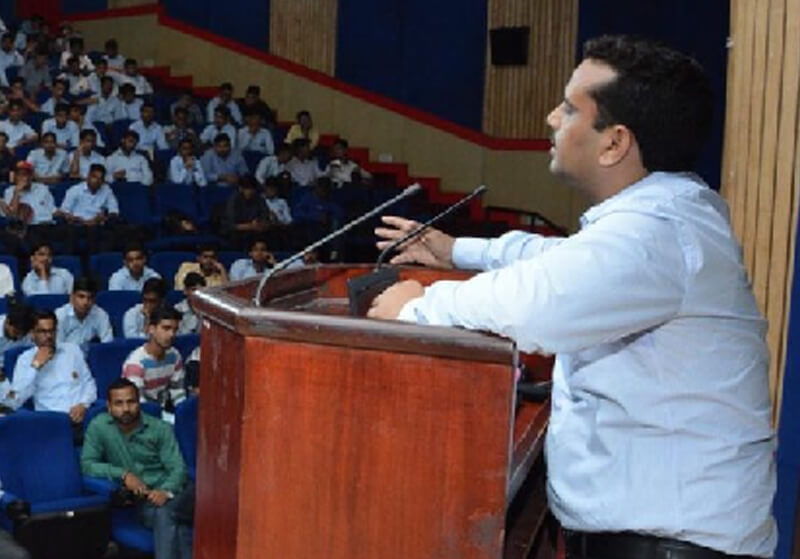
Data Migration in Oracle NetSuite from Legacy Systems
- Article By : Rostan Team
- Jan 24, 2024
Data migration is a critical process for any organization transitioning to a new system. In the context of Oracle NetSuite, a leading cloud-based Enterprise Resource Planning (ERP) solution, migrating data from legacy systems can be both a challenge and an opportunity. This blog will explore the key aspects of data migration to Oracle NetSuite, including planning, execution, and best practices.
Understanding Data Migration in Oracle NetSuite
Data migration involves transferring data between storage types, formats, or systems. For organizations moving to Oracle NetSuite, this typically means extracting data from legacy systems, transforming it to fit the new system’s requirements, and loading it into NetSuite. The goal is to ensure that all necessary data is accurately and efficiently transferred without disrupting business operations.
The Importance of Data Migration in Oracle NetSuite
Migrating data to Oracle NetSuite is essential for several reasons:
- Improved Efficiency: Legacy systems often contain outdated processes that can hinder productivity. By migrating to NetSuite, organizations can streamline operations and improve efficiency.
- Enhanced Reporting: NetSuite offers advanced reporting and analytics capabilities. Migrating data allows businesses to leverage these tools for better decision-making.
- Scalability: As businesses grow, their data management needs change. NetSuite provides a scalable solution that can accommodate growth.
- Compliance and Security: Legacy systems may not meet current compliance and security standards. Migrating to NetSuite ensures that data is stored securely and complies with regulations.
Planning the Migration Process
1. Assess Current Data
Before initiating the migration, it's crucial to assess the existing data in the legacy system. This involves:
- Identifying Data Sources: Determine all the data sources that need to be migrated, including databases, spreadsheets, and third-party applications.
- Data Quality Assessment: Evaluate the quality of the data. Identify duplicates, incomplete records, and outdated information that may need cleaning before migration.
2. Define Migration Scope
Clearly define what data will be migrated. This may include:
- Customer data
- Supplier information
- Financial records
- Inventory data
- Historical transactions
3. Develop a Migration Strategy
Create a comprehensive migration strategy that outlines:
- Timeline: Establish a timeline for the migration process, including key milestones.
- Resources: Identify the team members involved in the migration, including IT staff, data analysts, and project managers.
- Budget: Allocate a budget for the migration process, considering potential costs related to software, training, and additional resources.
Data Migration Execution
1. Data Extraction
The first step in the actual migration process is data extraction. This involves pulling data from the legacy system. Depending on the complexity of the legacy system, this may require custom scripts or tools to extract the data efficiently.
2. Data Transformation
Once data is extracted, it needs to be transformed to fit the structure and requirements of Oracle NetSuite. This includes:
- Data Mapping: Map legacy data fields to corresponding fields in NetSuite. This ensures that data is accurately transferred.
- Data Cleaning: Remove duplicates, fill in missing information, and standardize data formats to ensure consistency.
3. Data Loading
After transformation, the next step is to load the data into Oracle NetSuite. NetSuite provides various tools for data import, including:
- CSV Import: For bulk data loading, CSV files can be used to import data into NetSuite.
- SuiteTalk: This is a web services API that allows for more complex integrations and data loading.
4. Validation
Post-migration validation is crucial to ensure that all data has been accurately transferred. This involves:
- Data Comparison: Compare data in the legacy system with data in NetSuite to confirm accuracy.
- Testing: Conduct thorough testing of the new system to ensure that all functionalities work as expected with the migrated data.
Best Practices for Data Migration
- Involve Stakeholders: Engage stakeholders from various departments early in the process to gather requirements and ensure that the migration meets business needs.
- Document Everything: Maintain detailed documentation throughout the migration process. This includes data mapping documents, transformation rules, and validation results.
- Backup Data: Always create backups of the legacy data before beginning the migration. This protects against data loss and allows for recovery if issues arise.
- Train Users: Provide training for users on how to navigate and utilize Oracle NetSuite effectively. This helps ensure a smooth transition and minimizes disruption.
- Monitor and Optimize: After migration, continuously monitor the performance of NetSuite and optimize processes as necessary. Gather feedback from users to identify areas for improvement.
Conclusion
Data migration to Oracle NetSuite from legacy systems is a significant undertaking that requires careful planning, execution, and validation. By following a structured approach and adhering to best practices, organizations can successfully migrate their data, leading to improved efficiency, better reporting, and enhanced scalability. Embracing this opportunity not only facilitates a smoother transition but also positions businesses for future growth and success in a rapidly evolving digital landscape.






